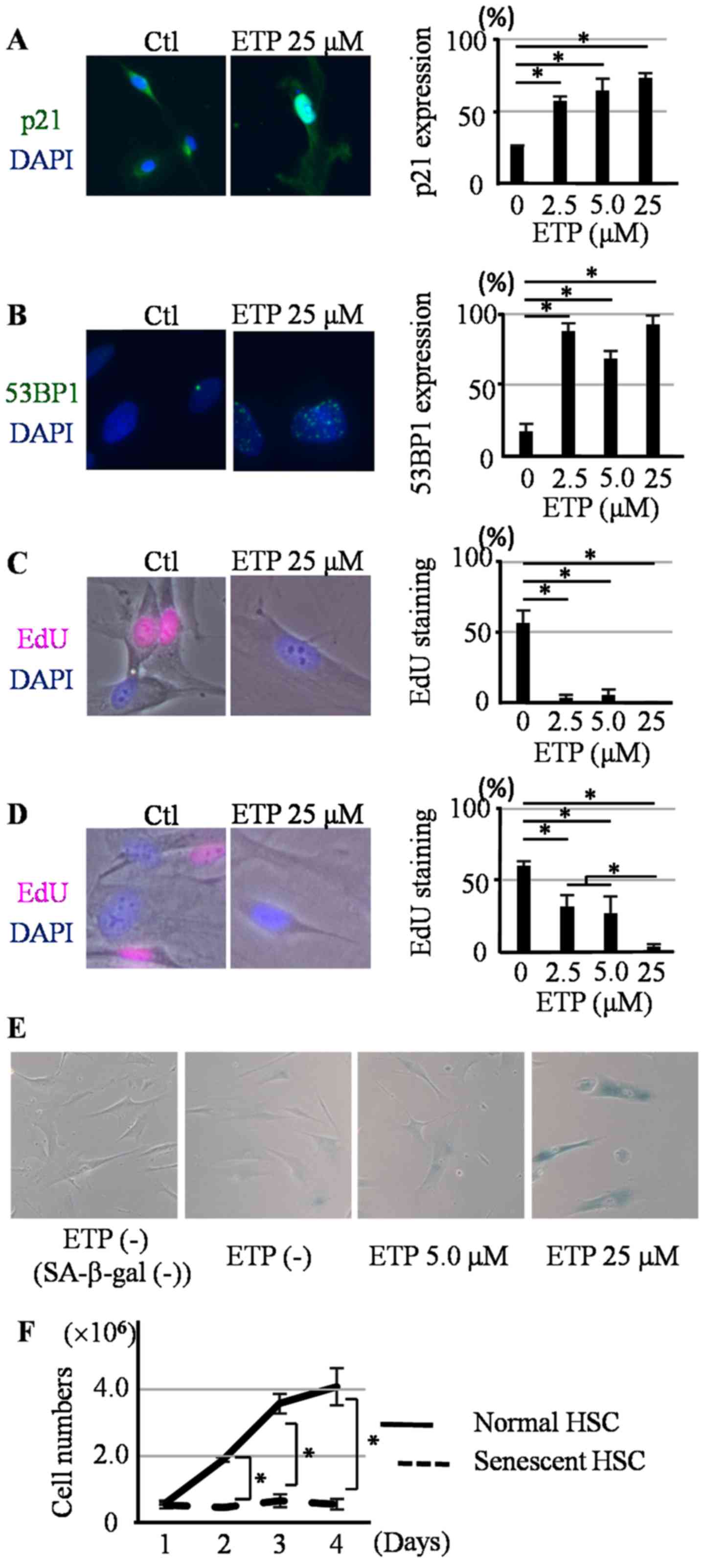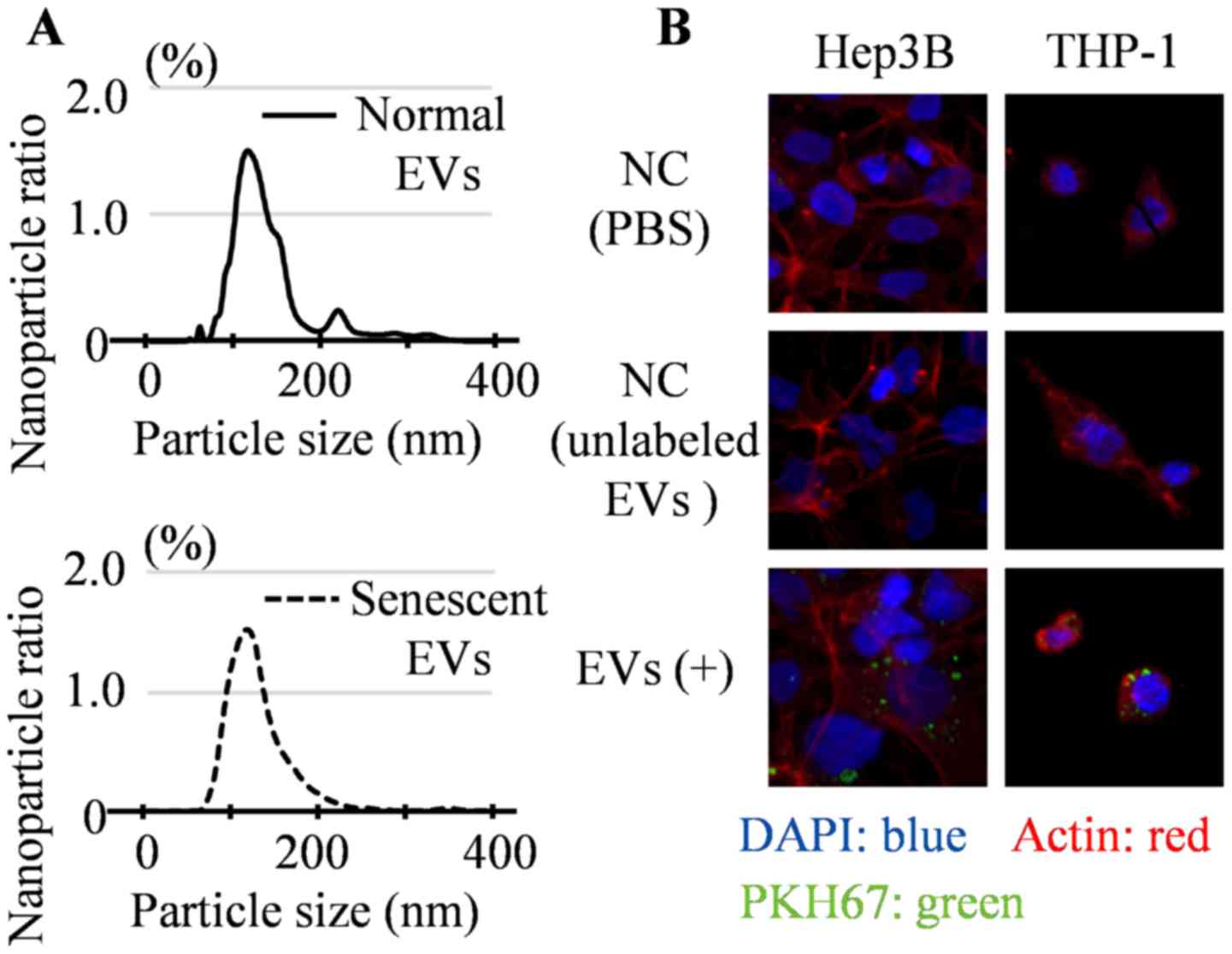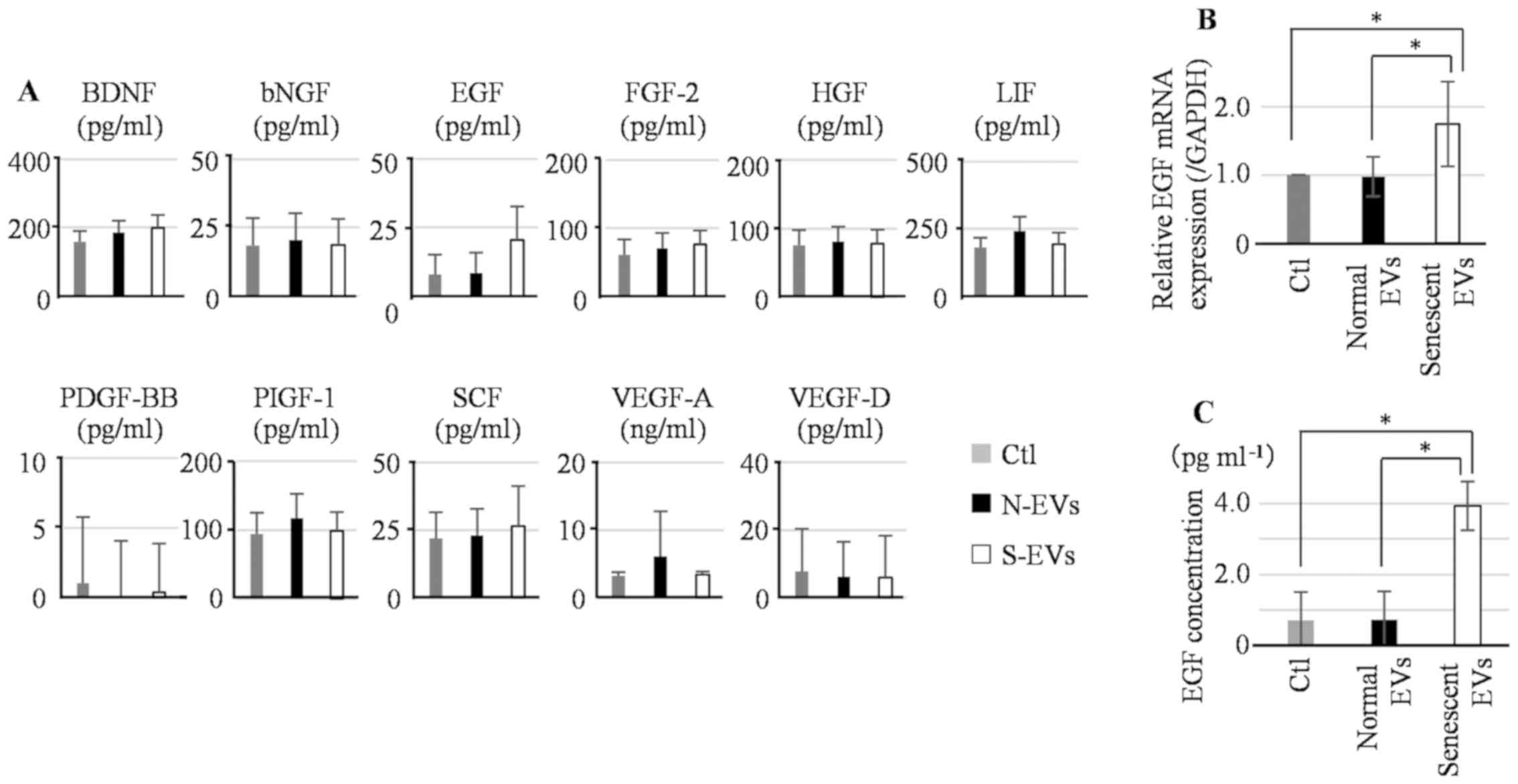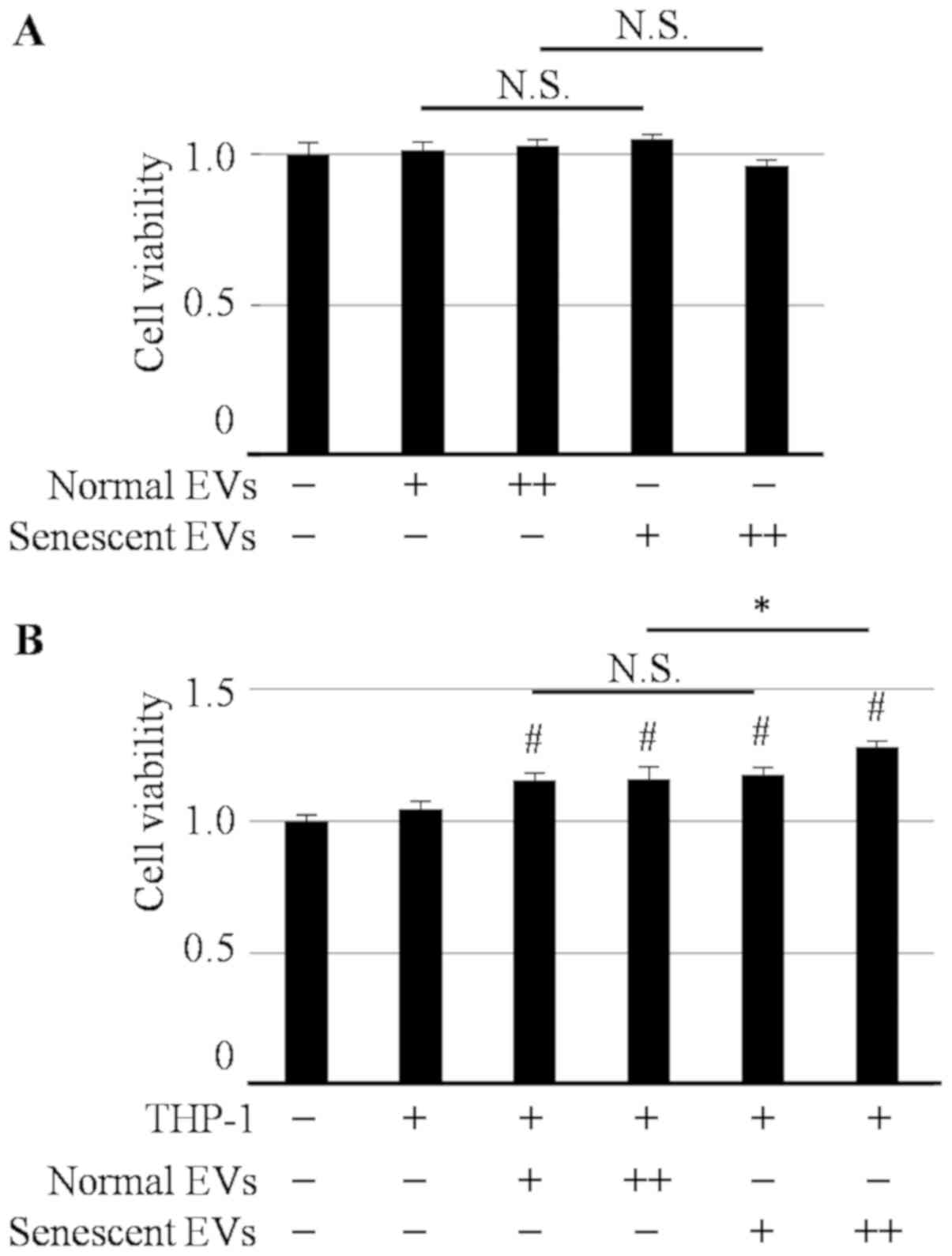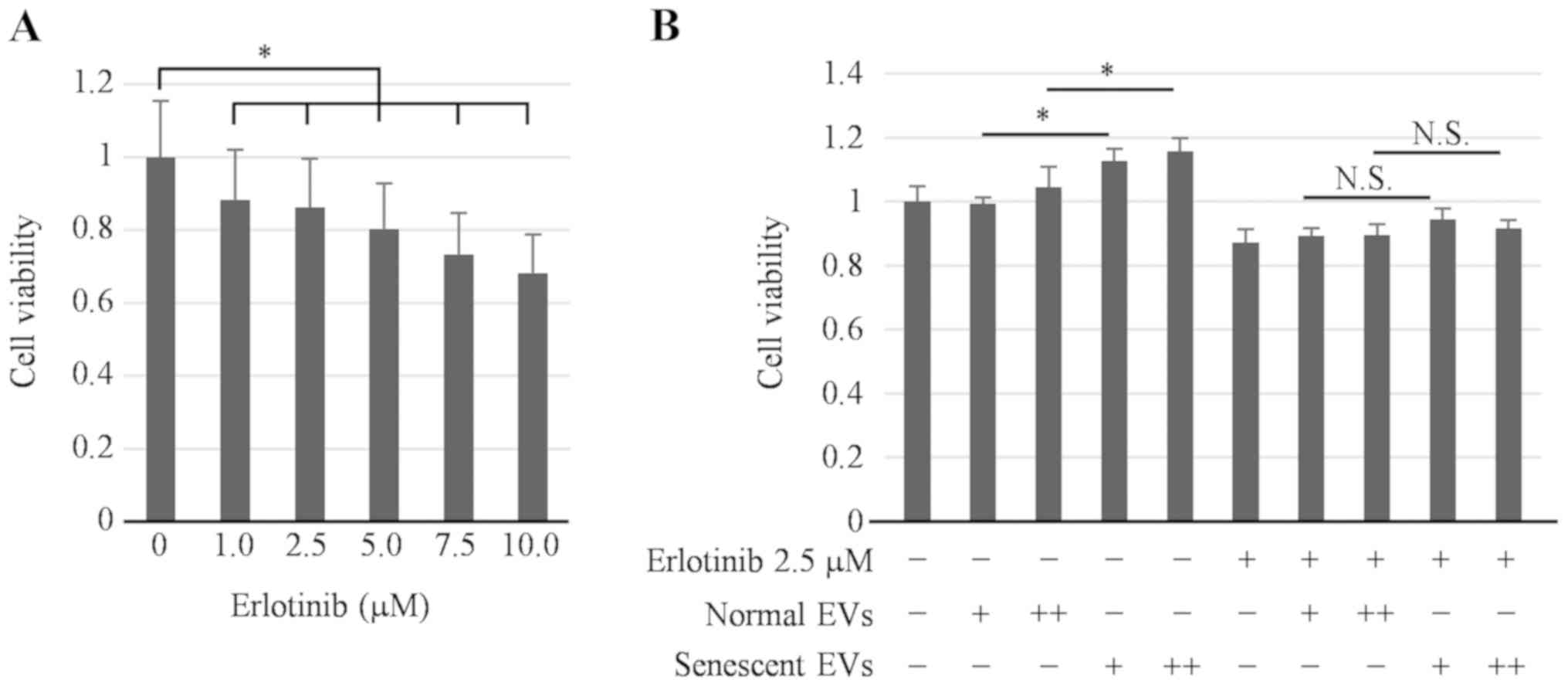|
1
|
Forner A, Reig M and Bruix J:
Hepatocellular carcinoma. Lancet. 391:1301–1314. 2018. View Article : Google Scholar
|
|
2
|
Baecker A, Liu X, La Vecchia C and Zhang
ZF: Worldwide incidence of hepatocellular carcinoma cases
attributable to major risk factors. Eur J Cancer Prev. 27:205–212.
2018.PubMed/NCBI View Article : Google Scholar
|
|
3
|
Torre LA, Bray F, Siegel RL, Ferlay J,
Lortet-Tieulent J and Jemal A: Global cancer statistics, 2012. CA
Cancer J Clin. 65:87–108. 2015.PubMed/NCBI View Article : Google Scholar
|
|
4
|
Katoh M: FGFR inhibitors: Effects on
cancer cells, tumor microenvironment and whole-body homeostasis
(Review). Int J Mol Med. 38:3–15. 2016.PubMed/NCBI View Article : Google Scholar
|
|
5
|
Son B, Lee S, Youn H, Kim E, Kim W and
Youn B: The role of tumor microenvironment in therapeutic
resistance. Oncotarget. 8:3933–3945. 2017.PubMed/NCBI View Article : Google Scholar
|
|
6
|
Bissell MJ and Hines WC: Why don't we get
more cancer? A proposed role of the microenvironment in restraining
cancer progression. Nat Med. 17:320–329. 2011.PubMed/NCBI View
Article : Google Scholar
|
|
7
|
Maia J, Caja S, Strano Moraes MC, Couto N
and Costa-Silva B: Exosome-based cell-cell communication in the
tumor microenvironment. Front Cell Dev Biol. 6(18)2018.PubMed/NCBI View Article : Google Scholar
|
|
8
|
Rani B, Cao Y, Malfettone A, Tomuleasa C,
Fabregat I and Giannelli G: Role of the tissue microenvironment as
a therapeutic target in hepatocellular carcinoma. World J
Gastroenterol. 20:4128–4140. 2014.PubMed/NCBI View Article : Google Scholar
|
|
9
|
Tahmasebi Birgani M and Carloni V: Tumor
microenvironment, a paradigm in hepatocellular carcinoma
progression and therapy. Int J Mol Sci. 18(E405)2017.PubMed/NCBI View Article : Google Scholar
|
|
10
|
Forbes SJ and Parola M: Liver fibrogenic
cells. Best Pract Res Clin Gastroenterol. 25:207–217.
2011.PubMed/NCBI View Article : Google Scholar
|
|
11
|
Kang N, Gores GJ and Shah VH: Hepatic
stellate cells: Partners in crime for liver metastases? Hepatology.
54:707–713. 2011.PubMed/NCBI View Article : Google Scholar
|
|
12
|
Ji J, Eggert T, Budhu A, Forgues M, Takai
A, Dang H, Ye Q, Lee JS, Kim JH, Greten TF and Wang XW: Hepatic
stellate cell and monocyte interaction contributes to poor
prognosis in hepatocellular carcinoma. Hepatology. 62:481–495.
2015.PubMed/NCBI View Article : Google Scholar
|
|
13
|
Liu Y and Cao X: The origin and function
of tumor-associated macrophages. Cell Mol Immunol. 12:1–4.
2015.PubMed/NCBI View Article : Google Scholar
|
|
14
|
Qian BZ and Pollard JW: Macrophage
diversity enhances tumor progression and metastasis. Cell.
141:39–51. 2010.PubMed/NCBI View Article : Google Scholar
|
|
15
|
Noy R and Pollard JW: Tumor-associated
macrophages: From mechanisms to therapy. Immunity. 41:49–61.
2014.PubMed/NCBI View Article : Google Scholar
|
|
16
|
Brown JM, Recht L and Strober S: The
promise of targeting macrophages in cancer therapy. Clin Cancer
Res. 23:3241–3250. 2017.PubMed/NCBI View Article : Google Scholar
|
|
17
|
Dulai PS, Singh S, Patel J, Soni M, Prokop
LJ, Younossi Z, Sebastiani G, Ekstedt M, Hagstrom H, Nasr P, et al:
Increased risk of mortality by fibrosis stage in nonalcoholic fatty
liver disease: Systematic review and meta-analysis. Hepatology.
65:1557–1565. 2017.PubMed/NCBI View Article : Google Scholar
|
|
18
|
Liaw YF and Chu CM: Hepatitis B virus
infection. Lancet. 373:582–592. 2009.PubMed/NCBI View Article : Google Scholar
|
|
19
|
Fabregat I and Caballero-Diaz D:
Transforming growth factor-β-induced cell plasticity in liver
fibrosis and hepatocarcinogenesis. Front Oncol.
8(357)2018.PubMed/NCBI View Article : Google Scholar
|
|
20
|
Fabregat I, Moreno-Caceres J, Sanchez A,
Dooley S, Dewidar B, Giannelli G and Ten Dijke P: IT-LIVER
Consortium: TGF-β signalling and liver disease. FEBS J.
283:2219–2232. 2016.PubMed/NCBI View Article : Google Scholar
|
|
21
|
Yin C, Evason KJ, Asahina K and Stainier
DY: Hepatic stellate cells in liver development, regeneration, and
cancer. J Clin Invest. 123:1902–1910. 2013.PubMed/NCBI View
Article : Google Scholar
|
|
22
|
Thompson AI, Conroy KP and Henderson NC:
Hepatic stellate cells: Central modulators of hepatic
carcinogenesis. BMC Gastroenterol. 15(63)2015.PubMed/NCBI View Article : Google Scholar
|
|
23
|
Yoshimoto S, Loo TM, Atarashi K, Kanda H,
Sato S, Oyadomari S, Iwakura Y, Oshima K, Morita H, Hattori M, et
al: Obesity-induced gut microbial metabolite promotes liver cancer
through senescence secretome. Nature. 499:97–101. 2013.PubMed/NCBI View Article : Google Scholar
|
|
24
|
Wendler F, Favicchio R, Simon T,
Alifrangis C, Stebbing J and Giamas G: Extracellular vesicles swarm
the cancer microenvironment: From tumor-stroma communication to
drug intervention. Oncogene. 36:877–884. 2017.PubMed/NCBI View Article : Google Scholar
|
|
25
|
Borges FT, Reis LA and Schor N:
Extracellular vesicles: Structure, function, and potential clinical
uses in renal diseases. Braz J Med Biol Res. 46:824–830.
2013.PubMed/NCBI View Article : Google Scholar
|
|
26
|
Raposo G and Stoorvogel W: Extracellular
vesicles: Exosomes, microvesicles, and friends. J Cell Biol.
200:373–383. 2013.PubMed/NCBI View Article : Google Scholar
|
|
27
|
Akers JC, Gonda D, Kim R, Carter BS and
Chen CC: Biogenesis of extracellular vesicles (EV): Exosomes,
microvesicles, retrovirus-like vesicles, and apoptotic bodies. J
Neurooncol. 113:1–11. 2013.PubMed/NCBI View Article : Google Scholar
|
|
28
|
Cheng L, Sharples RA, Scicluna BJ and Hill
AF: Exosomes provide a protective and enriched source of miRNA for
biomarker profiling compared to intracellular and cell-free blood.
J Extracell Vesicles. 3:2014.PubMed/NCBI View Article : Google Scholar
|
|
29
|
Cai S, Cheng X, Pan X and Li J: Emerging
role of exosomes in liver physiology and pathology. Hepatol Res.
47:194–203. 2017.PubMed/NCBI View Article : Google Scholar
|
|
30
|
Livak KJ and Schmittgen TD: Analysis of
relative gene expression data using real-time quantitative PCR and
the 2(-Delta Delta C(T)) method. Methods. 25:402–408.
2001.PubMed/NCBI View Article : Google Scholar
|
|
31
|
Vansaun MN, Mendonsa AM and Lee Gorden D:
Hepatocellular proliferation correlates with inflammatory cell and
cytokine changes in a murine model of nonalchoholic fatty liver
disease. PLoS One. 8(e73054)2013.PubMed/NCBI View Article : Google Scholar
|
|
32
|
Shirabe K, Mano Y, Muto J, Matono R,
Motomura T, Toshima T, Takeishi K, Uchiyama H, Yoshizumi T,
Taketomi A, et al: Role of tumor-associated macrophages in the
progression of hepatocellular carcinoma. Surg Today. 42:1–7.
2012.PubMed/NCBI View Article : Google Scholar
|
|
33
|
Krizhanovsky V, Yon M, Dickins RA, Hearn
S, Simon J, Miething C, Yee H, Zender L and Lowe SW: Senescence of
activated stellate cells limits liver fibrosis. Cell. 134:657–667.
2008.PubMed/NCBI View Article : Google Scholar
|
|
34
|
Ogrodnik M, Miwa S, Tchkonia T, Tiniakos
D, Wilson CL, Lahat A, Day CP, Burt A, Palmer A, Anstee QM, et al:
Cellular senescence drives age-dependent hepatic steatosis. Nat
Commun. 8(15691)2017.PubMed/NCBI View Article : Google Scholar
|
|
35
|
Povero D, Panera N, Eguchi A, Johnson CD,
Papouchado BG, de Araujo Horcel L, Pinatel EM, Alisi A, Nobili V
and Feldstein AE: Lipid-induced hepatocyte-derived extracellular
vesicles regulate hepatic stellate cell via microRNAs targeting
PPAR-γ. Cell Mol Gastroenterol Hepatol. 1:646–663 e4.
2015.PubMed/NCBI View Article : Google Scholar
|
|
36
|
Devhare PB, Sasaki R, Shrivastava S, Di
Bisceglie AM, Ray R and Ray RB: Exosome-mediated intercellular
communication between hepatitis C virus-infected hepatocytes and
hepatic stellate cells. J Virol. 91:e02225–e02216. 2017.PubMed/NCBI View Article : Google Scholar
|
|
37
|
Royo F, Schlangen K, Palomo L, Gonzalez E,
Conde-Vancells J, Berisa A, Aransay AM and Falcon-Perez JM:
Transcriptome of extracellular vesicles released by hepatocytes.
PLoS One. 8(e68693)2013.PubMed/NCBI View Article : Google Scholar
|
|
38
|
Feng D, Zhao WL, Ye YY, Bai XC, Liu RQ,
Chang LF, Zhou Q and Sui SF: Cellular internalization of exosomes
occurs through phagocytosis. Traffic. 11:675–687. 2010.PubMed/NCBI View Article : Google Scholar
|
|
39
|
Li J, Yan Y, Ang L, Li X, Liu C, Sun B,
Lin X, Peng Z, Zhang X, Zhang Q, et al: Extracellular
vesicles-derived oncomirs mediate communication between cancer
cells and cancer-associated hepatic stellate cells in
hepatocellular carcinoma microenvironment. Carcinogenesis: May 29,
2019 (Epub ahead of print). doi: 10.1093/carcin/bgz096.
|
|
40
|
Wan L, Xia T, Du Y, Liu J, Xie Y, Zhang Y,
Guan F, Wu J, Wang X and Shi C: Exosomes from activated hepatic
stellate cells contain GLUT1 and PKM2: A role for exosomes in
metabolic switch of liver nonparenchymal cells. FASEB J.
33:8530–8542. 2019.PubMed/NCBI View Article : Google Scholar
|
|
41
|
Ota Y, Takahashi K, Otake S, Tamaki Y,
Okada M, Aso K, Makino Y, Fujii S, Ota T and Haneda M:
Extracellular vesicle-encapsulated miR-30e suppresses
cholangiocarcinoma cell invasion and migration via inhibiting
epithelial-mesenchymal transition. Oncotarget. 9:16400–16417.
2018.PubMed/NCBI View Article : Google Scholar
|
|
42
|
Kogure T, Yan IK, Lin WL and Patel T:
Extracellular vesicle-mediated transfer of a novel long noncoding
RNA TUC339: A mechanism of intercellular signaling in human
hepatocellular cancer. Genes Cancer. 4:261–272. 2013.PubMed/NCBI View Article : Google Scholar
|
|
43
|
Takasugi M, Okada R, Takahashi A, Virya
Chen D, Watanabe S and Hara E: Small extracellular vesicles
secreted from senescent cells promote cancer cell proliferation
through EphA2. Nat Commun. 8(15729)2017.PubMed/NCBI View Article : Google Scholar
|
|
44
|
Friedman SL: Hepatic stellate cells:
Protean, multifunctional, and enigmatic cells of the liver. Physiol
Rev. 88:125–172. 2008.PubMed/NCBI View Article : Google Scholar
|















